From vibrant coastal towns to the golden sands of the Sahara desert, North Africa is famous for its stunning landscapes. Throw in the diversity of beautiful cultures and you get a rich tapestry unlike no other. This unique blend of exoticism ultimately manifests itself in one of the most enchanting interior design styles — North African design. And considering you can not really isolate this form of home decor into a single style, it is the diversity that makes it truly stand out. There are, nevertheless, certain elements that define the North African style.
The Diversity of North African Interior Design
When we say North African interior design, we are not referring to one specific style. In reality, it’s a combination of design styles from various parts of North Africa. Aside from tribal features, these may include Egyptian motifs in addition to elements from the Moroccan style.
Bear in mind that each country in the region has its own heritage and lifestyle. Let’s also not forget the diverse tribes in the region, each of which carries its own identity. As such, it would be a mistake to think of North Africa as one whole community that shares one culture. The same concept applies to North African home decor.
But this can also come to an advantage. Why restrict yourself to one style when you can adopt various design elements — from across North Africa — that could very well correspond with one another?
Characteristics of African Interior Design
The North African style encompasses design elements from the several countries that make up the upper region of the continent. However, certain features tend to stand out and can even complement each other.
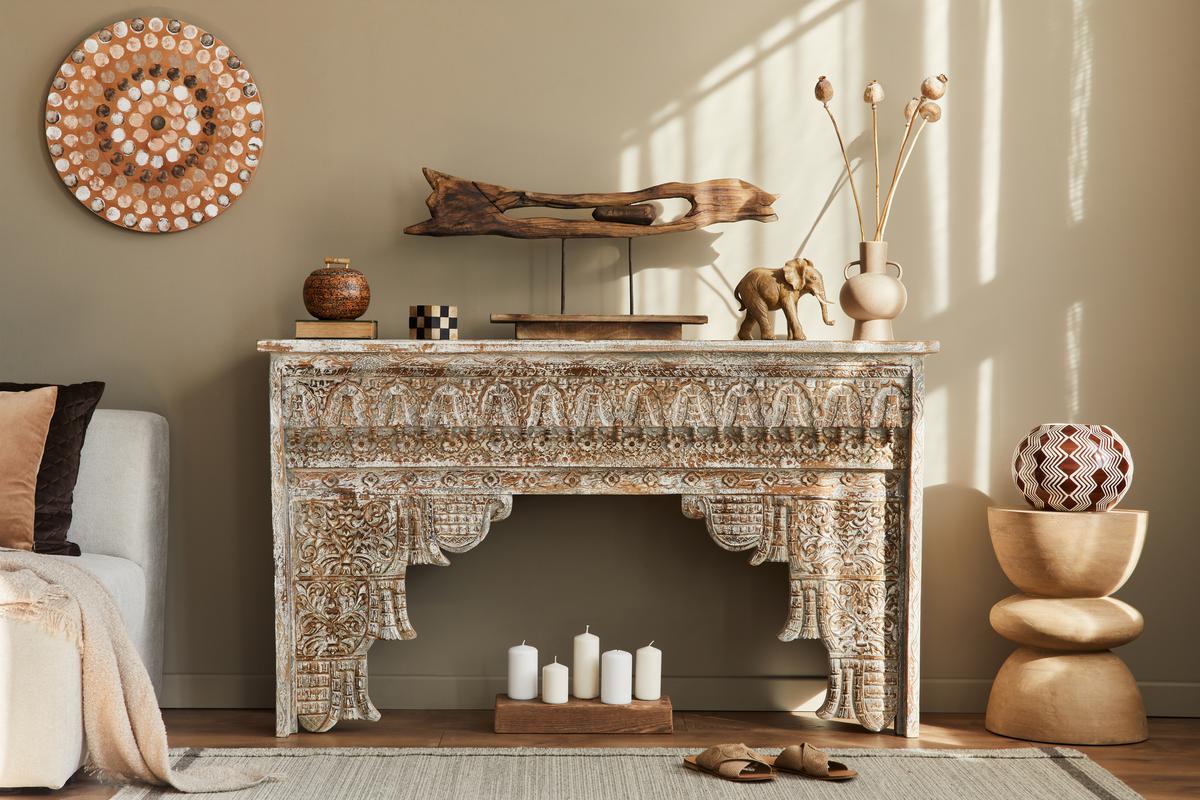
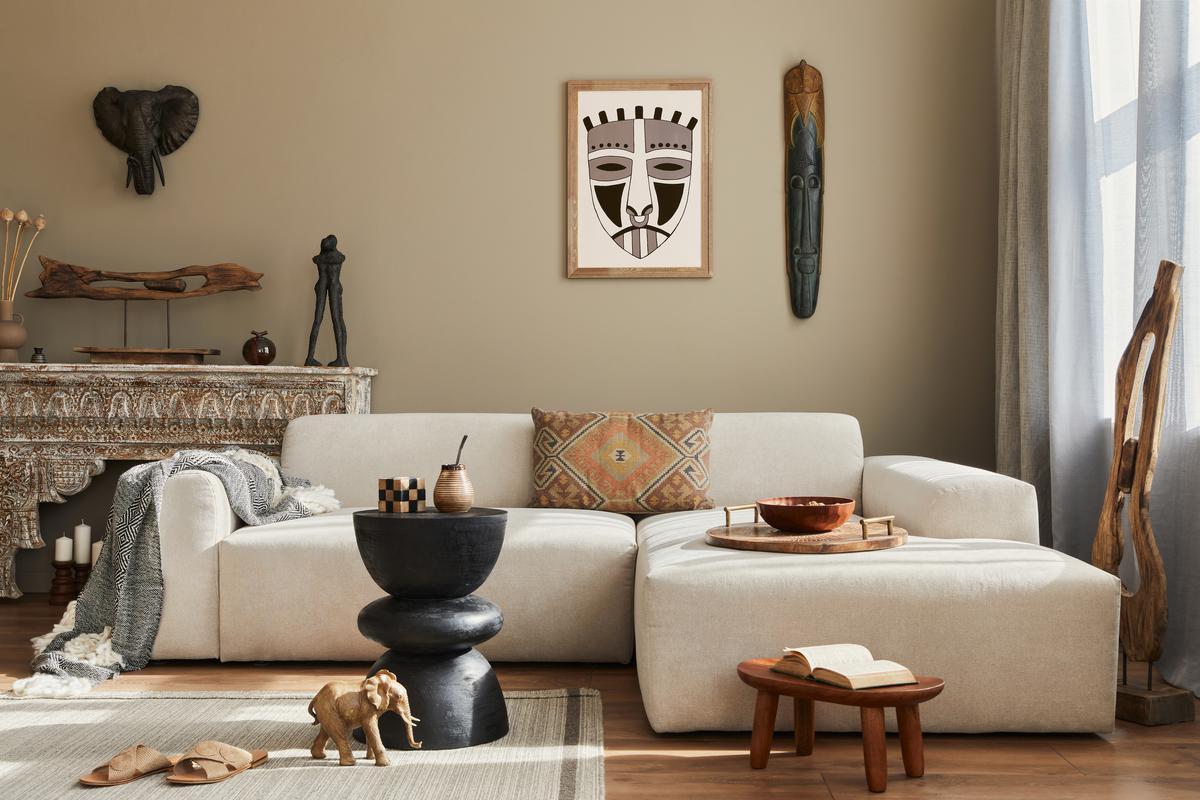
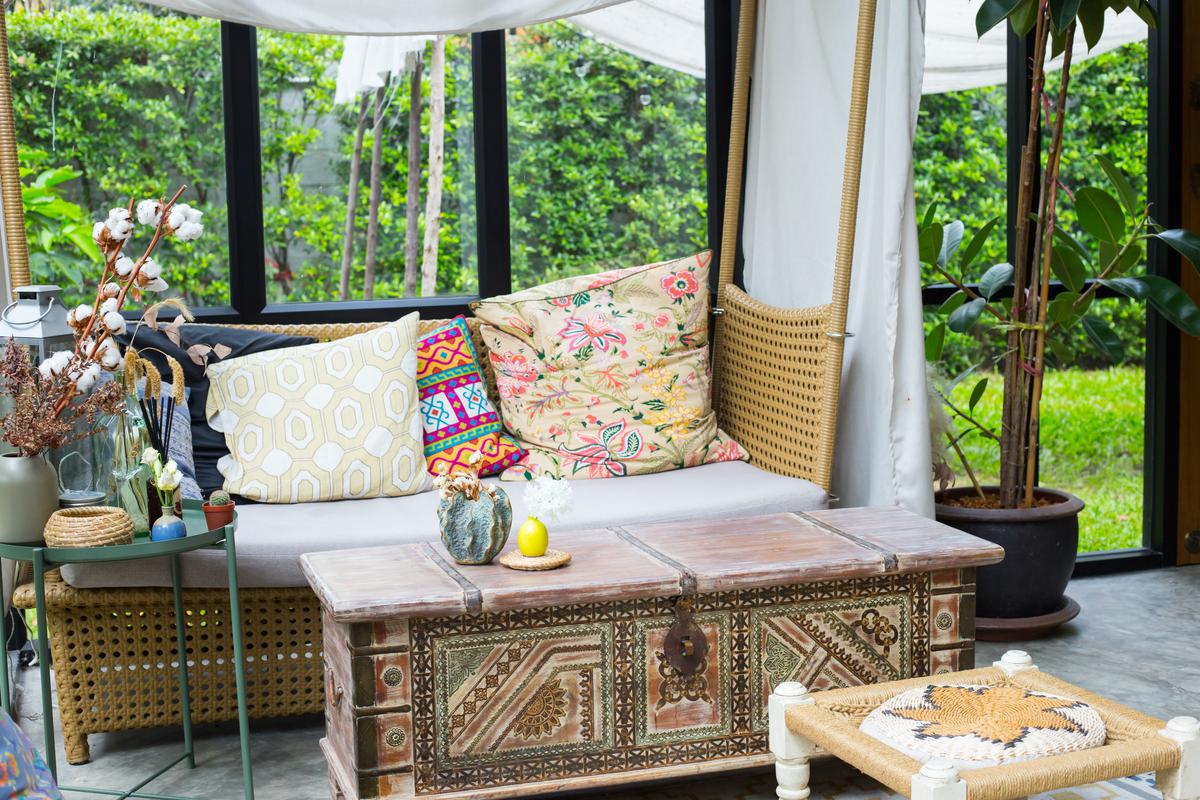
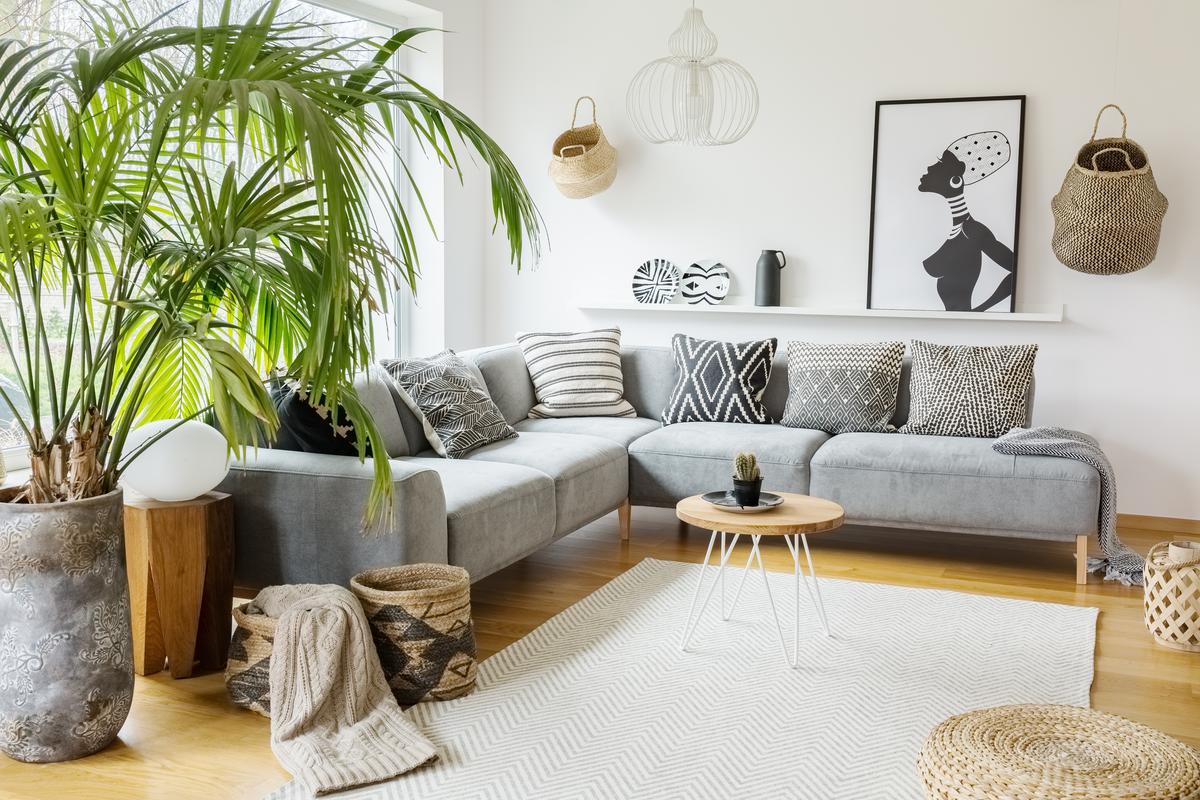
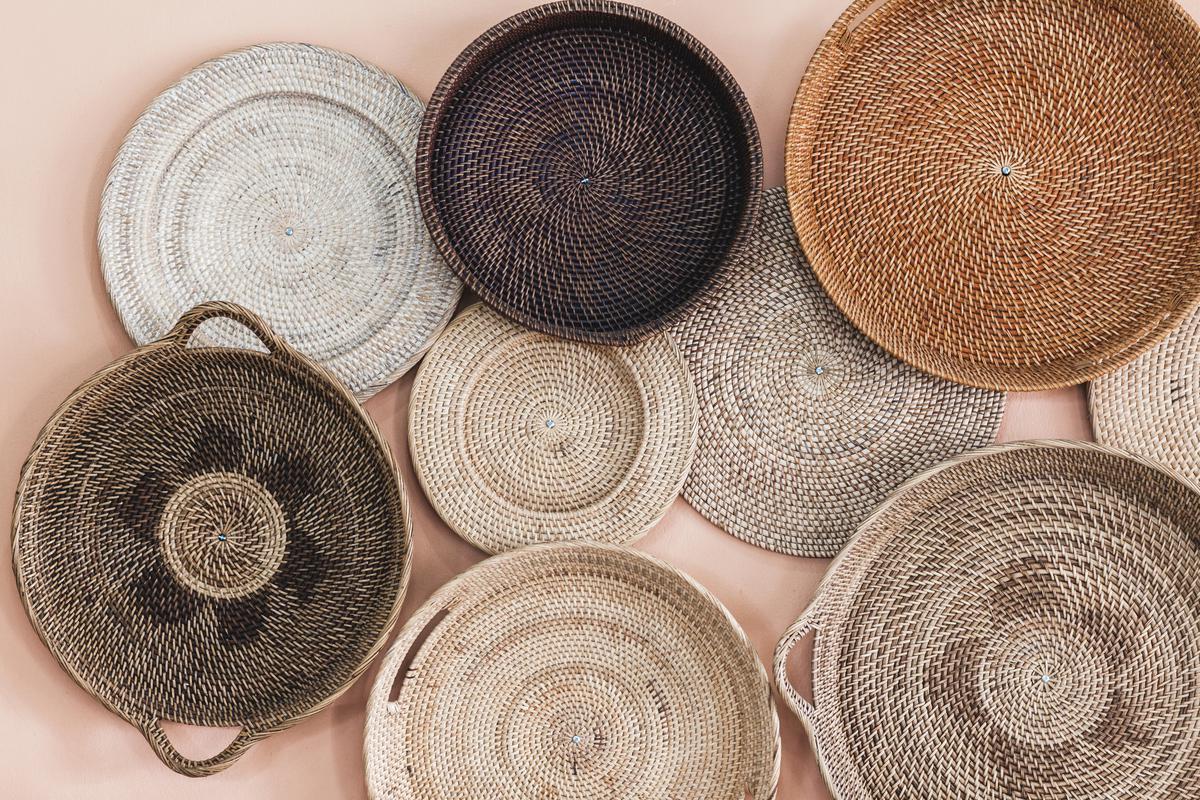
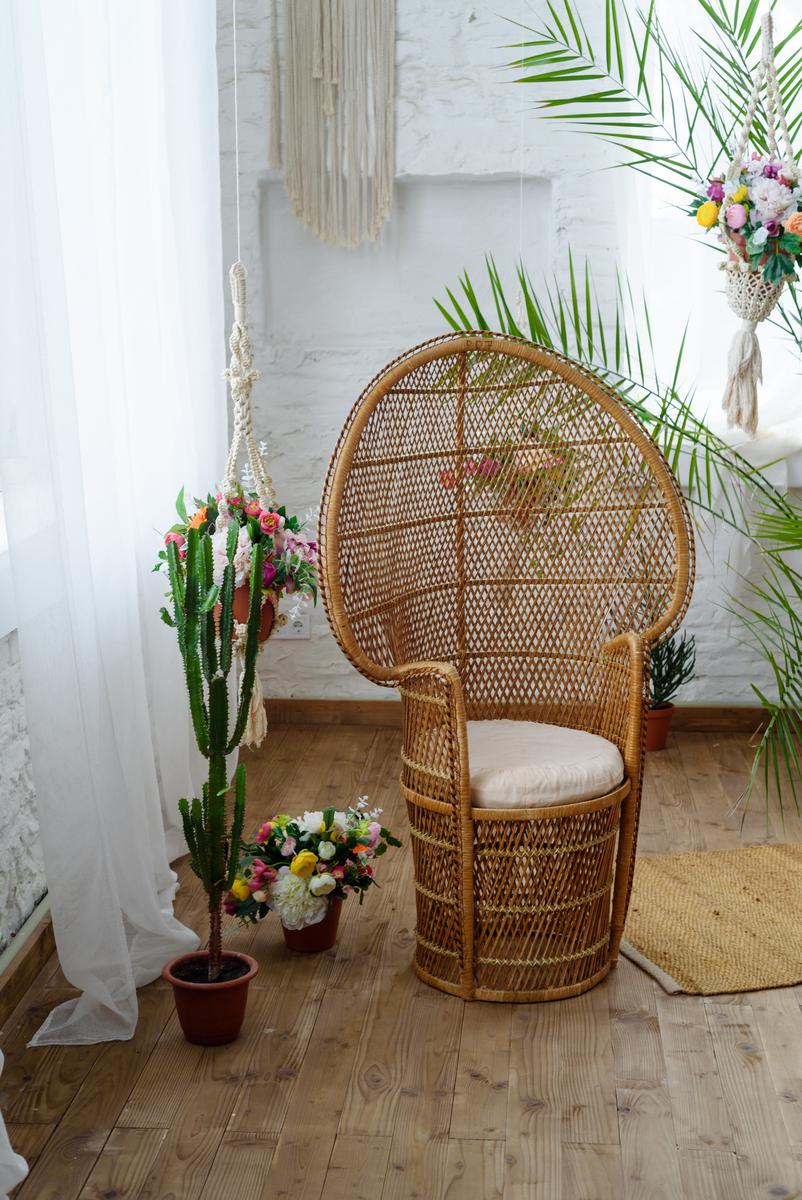
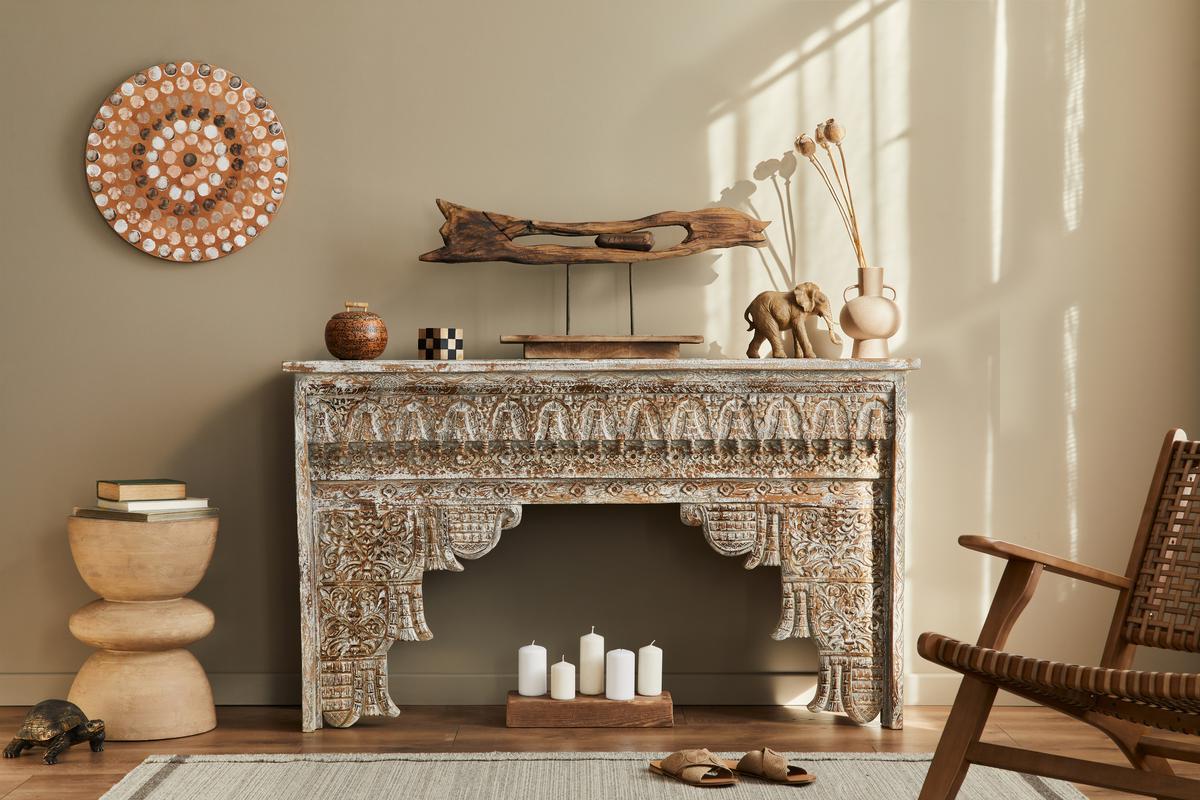
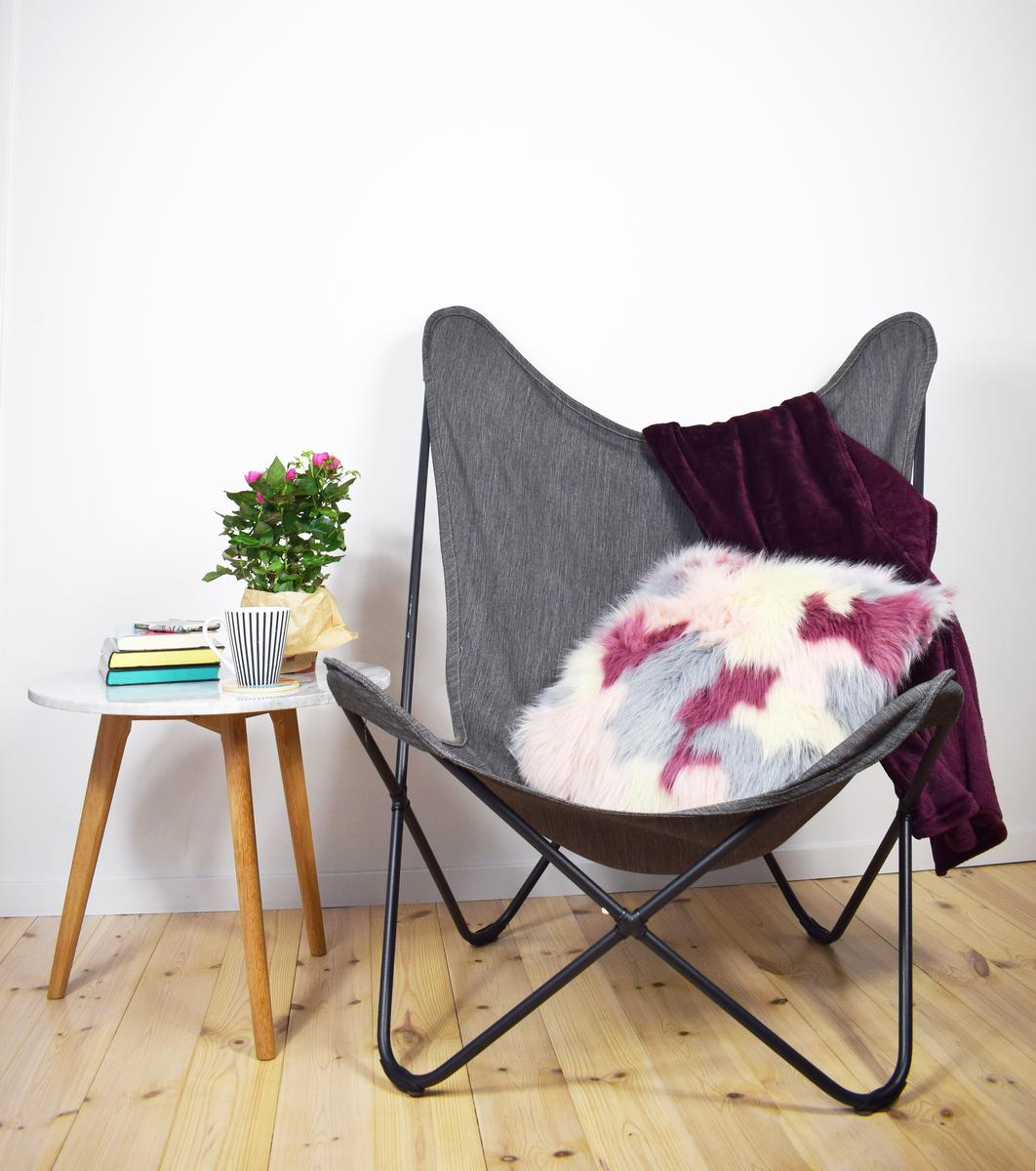
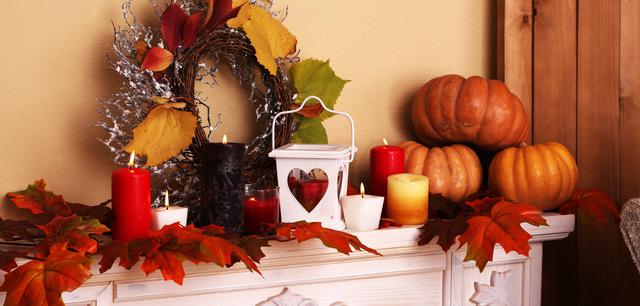
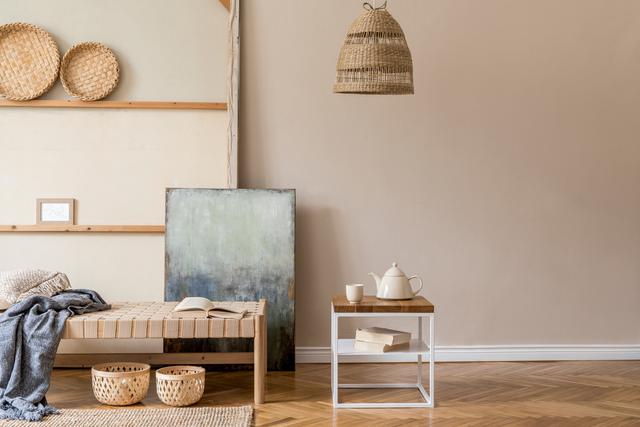
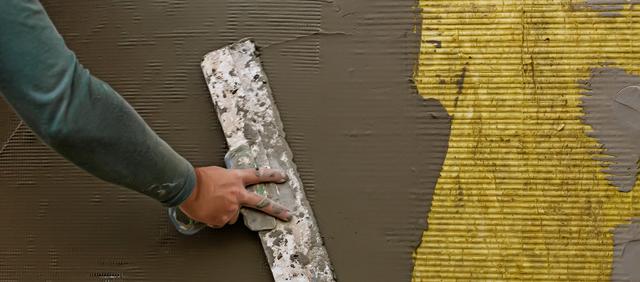
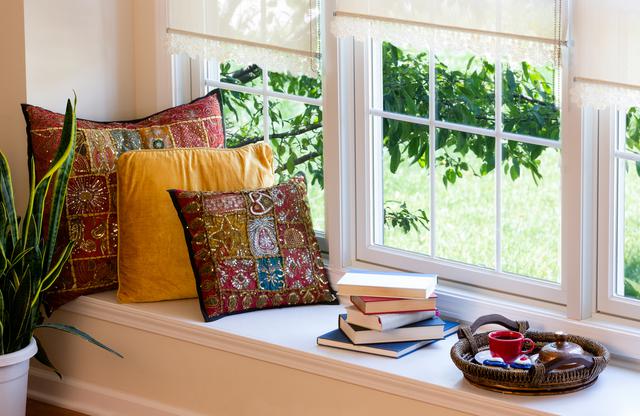
comments